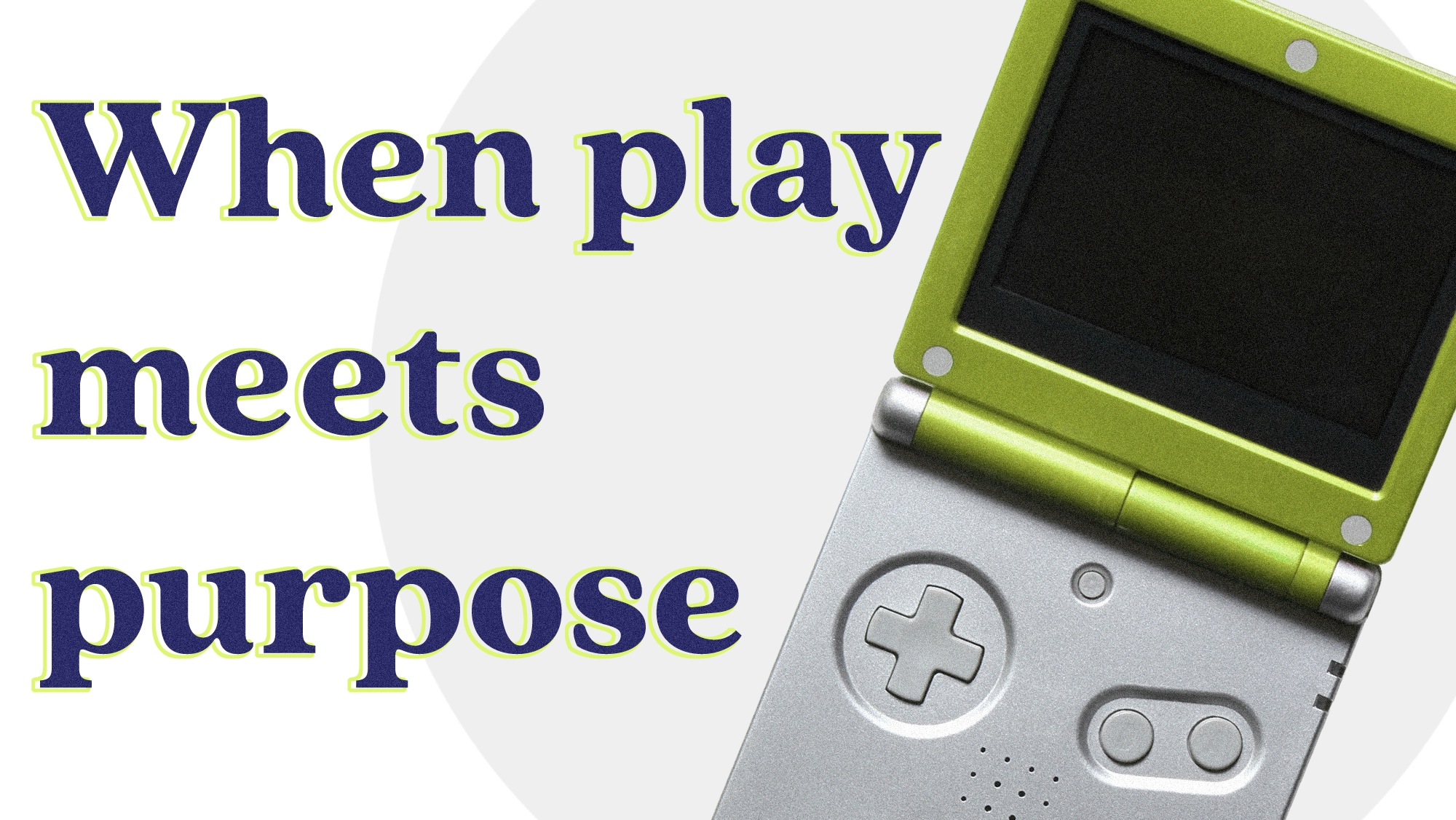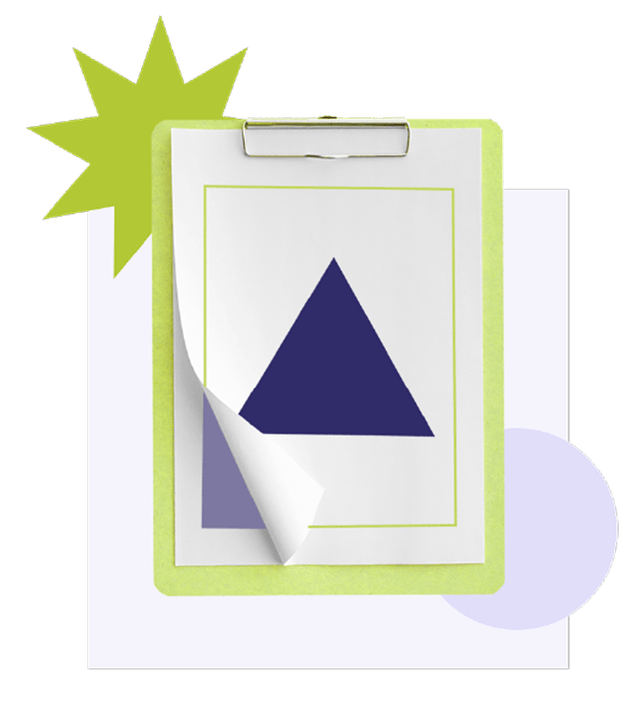
AI and the Retail Marketer’s Future
How AI transforms strategy and processes, driving the adoption of Positionless Marketing
Optimove Pulse. The iGaming Industry Benchmark Tool

You head out in the morning and grab a coffee from your favorite watering hole. Thanks to your app loyalty card, that cheese bagel you're eyeing is free with your saved rewards.
You open up your running app at lunch and run to the local park. You race against your friend on the other side of the world, bag a badge for your fastest time and share it on your Insta feed — hey, who doesn't like to boast a win?!
Grabbing a set to catch your breath, you grab your phone and take ten minutes to brush up on that new language you’re learning (French). The leaderboard shows you're doing fantastique.
By the time you get back to the office, you'll have spent your entire lunch hour enjoying the fun of app gamification — and with a recent study by App Annie telling us that 70% of the world's 2,000 largest companies are using gamification in their mobile apps, you won’t be alone.
By adding game-like elements to their mobile app, brands can deliver competitive-based experiences that keep users hyper-engaged, returning to take part in challenges, accomplish goals, enjoy the thrill of competition, and reap the rewards. Little wonder that for many brands — and customers — app gamification has become a winning strategy:
If you, too, want to boost your brand’s engagement and retention using app gamification, there’s plenty you can do. With some planning, gamification elements can elevate your app to the top of the leaderboard, from points and badges to progress bars and competitions.
Before we dive into a few of our favorite apps using gamification, here’s a quick checklist of things to do before starting on your app gamification journey:
Setting challenges and motivating with rewards, Nike’s app offers weekly challenges, ‘Track Your Trainers’ mileage tracking, the Nike running community where users can connect and race with friends, and a wide range of personal training plans and guided runs. And when runners break their personal best or reach other milestones, they’re rewarded with badges and prizes they can share on their social feeds.
With 30+ million users, one could say that Todoist has smashed the gamification game. The app has created gamification elements that prompt users to complete tasks - from big work projects to daily household chores - by rewarding them with ‘karma’ points for every task they finish and dishing out some negative karma when they fail to reach the finish line.
As users sail through their tasks, they stash their karma points and unlock new levels - and they can instantly share their karma score with friends on Facebook, Twitter, and Instagram.
We can’t talk gamification without mentioning Duolingo - the most successful learning app ever.
Although Duolingo's infamous badging system has become synonymous with the app, its appeal goes way beyond mere badges by building a hyper-engaging and fun learning experience that encourages users to reach their language goals - and it works. One ResearchGate study from 2021 found that 80% of language students use Duolingo because of its gamification (and there are currently 300+ million users).
The app offers various challenges and rewards, such as daily streaks, levels, badges, and competitive leaderboards, all designed to motivate users. Learners can also earn virtual currency, Lingots, which they can use to purchase ‘power-ups’ and unlock bonus content - and then share their progress and achievements across their social feeds.
From fitness apps that reward users for meeting their step goals to language learning apps that encourage progress through levels and challenges, gamification has revolutionized how brands approach user engagement and retention to power app growth. And as technology continues to advance, we can expect even more creative and innovative ways to incorporate gamification into our mobile experiences. So next time you're scrolling through your app store, keep an eye out for those little game-like icons - you might just discover some inspiration to level up your app and revolutionize the user experience What have you got to lose?!.
Optimove Pulse. The iGaming Industry Benchmark Tool
Explore Optimove’s iGaming Pulse to instantly benchmark your performance against the rest of the industry.


Rony Vexelman is Optimove’s VP of Marketing. Rony leads Optimove’s marketing strategy across regions and industries.
Previously, Rony was Optimove's Director of Product Marketing leading product releases, customer marketing efforts and analyst relations. Rony holds a BA in Business Administration and Sociology from Tel Aviv University and an MBA from UCLA Anderson School of Management.


